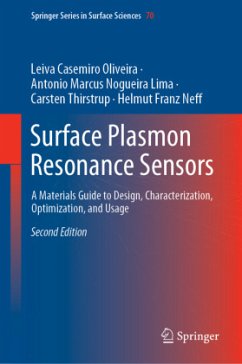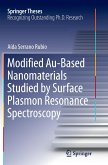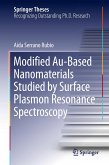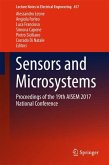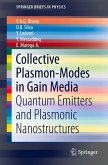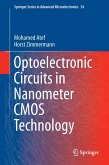This significantly extended second edition addresses the important physical phenomenon of Surface Plasmon Resonance (SPR) or Surface Plasmon Polaritons (SPP) in thin metal films, a phenomenon which is exploited in the design of a large variety of physico-chemical optical sensors. In this treatment, crucial materials aspects for design and optimization of SPR sensors are investigated and described in detail. The text covers a selection of nanometer thin metal films, ranging from free-electron to the platinum-type conductors, along with their combination with a large variety of dielectric substrate materials, and associated individual layer and opto-geometric arrangements. Whereas the first edition treated solely the metal-liquid interface, the SP-resonance conditions considered here are expanded to cover the metal-gas interface in the angular and wavelength interrogation modes, localized and long-range SP's and the influence of native oxidic ad-layers in the case of non-noble metals. Furthermore, a selection of metal grating structures that allow SP excitation is presented, as are features of radiative SP's.
Finally, this treatise includes as-yet hardly explored SPR features of selected metal-metal and metal-dielectric superlattices. An in-depth multilayer Fresnel evaluation provides the mathematical tool for this optical analysis, which otherwise relies solely on experimentally determined electro-optical materials parameters.
Finally, this treatise includes as-yet hardly explored SPR features of selected metal-metal and metal-dielectric superlattices. An in-depth multilayer Fresnel evaluation provides the mathematical tool for this optical analysis, which otherwise relies solely on experimentally determined electro-optical materials parameters.

